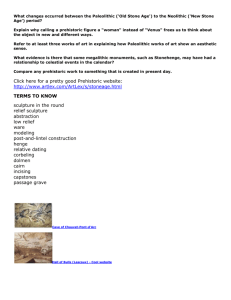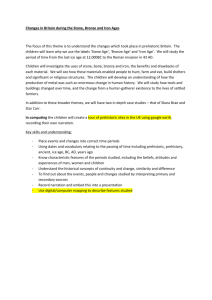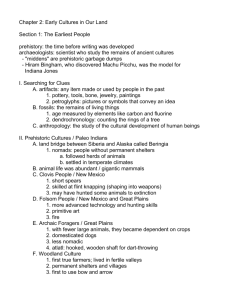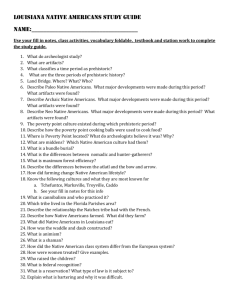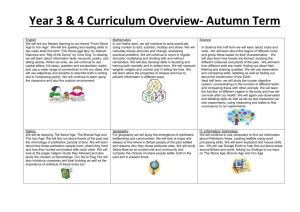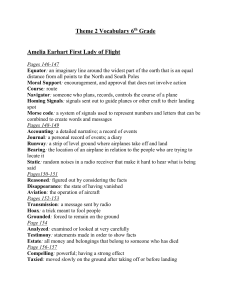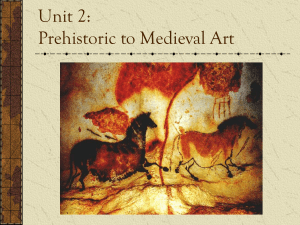Chapter 1, Lessons 2 and 3 Name: Study Guide Answer Key Define
advertisement
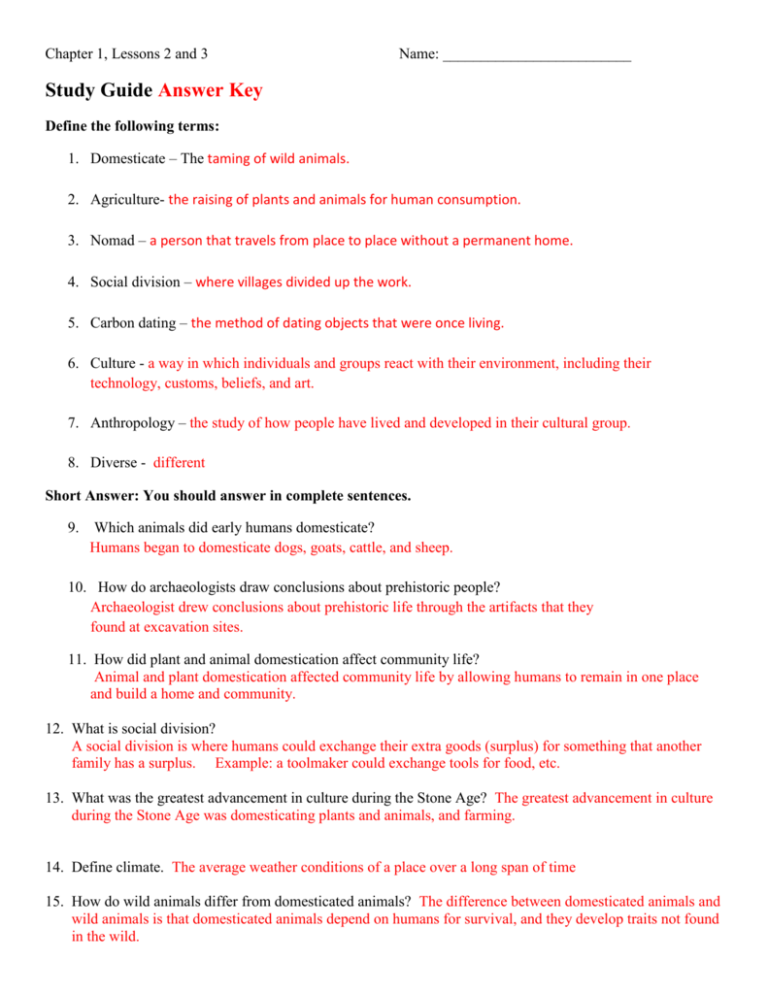
Chapter 1, Lessons 2 and 3 Name: _________________________ Study Guide Answer Key Define the following terms: 1. Domesticate – The taming of wild animals. 2. Agriculture- the raising of plants and animals for human consumption. 3. Nomad – a person that travels from place to place without a permanent home. 4. Social division – where villages divided up the work. 5. Carbon dating – the method of dating objects that were once living. 6. Culture - a way in which individuals and groups react with their environment, including their technology, customs, beliefs, and art. 7. Anthropology – the study of how people have lived and developed in their cultural group. 8. Diverse - different Short Answer: You should answer in complete sentences. 9. Which animals did early humans domesticate? Humans began to domesticate dogs, goats, cattle, and sheep. 10. How do archaeologists draw conclusions about prehistoric people? Archaeologist drew conclusions about prehistoric life through the artifacts that they found at excavation sites. 11. How did plant and animal domestication affect community life? Animal and plant domestication affected community life by allowing humans to remain in one place and build a home and community. 12. What is social division? A social division is where humans could exchange their extra goods (surplus) for something that another family has a surplus. Example: a toolmaker could exchange tools for food, etc. 13. What was the greatest advancement in culture during the Stone Age? The greatest advancement in culture during the Stone Age was domesticating plants and animals, and farming. 14. Define climate. The average weather conditions of a place over a long span of time 15. How do wild animals differ from domesticated animals? The difference between domesticated animals and wild animals is that domesticated animals depend on humans for survival, and they develop traits not found in the wild. 16. How did the domestication of some animals affect agriculture? The domestication of some animals affected agriculture because using animals for agriculture work, such as plowing, allowed humans to farm larger plots of land, raise more crops, and sell the surpluses for profit. 17. What led to the development of social divisions? Surplus food led to the development of social divisions. 18. What evidence suggests that cultures from islands in the Pacific had contact with prehistoric settlements in the Americas? The evidence that suggest that cultures from islands in the Pacific had contact with prehistoric settlements in the Americas was the sweet potato, an American plant, that also grew on these islands. 19. What were the major crops grown throughout Europe? The major crops grown throughout Europe were grains, beans, peas, and lentils. 20. How did prehistoric people make their paintings? Prehistoric people possibly made their paintings by finding rocks and stones of different colors, ground them up, and mixed them with saliva or animal. Then they used their fingers or simple brushes to apply the paint. 21. What do similar examples of cave art in many different countries tell us about the people living in prehistoric times? Similar examples of cave art in many different countries tell us that the people living in prehistoric times may have had similar cultures. 22. What artifacts tell us the most about prehistoric cultures? The artifacts that tell us the most about prehistoric cultures are prehistoric art. 23. What encouraged the development of culture in the Americas? Physical features such as plants, animals, and landforms as well as resources that were available to people encouraged the development of culture in the Americas. 24. Describe some of the different cultures that existed in the Late Stone Age? Some of the different cultures that existed in the Late Stone Age used polished rock tools, domesticated plants and animals, and may have made paintings.

